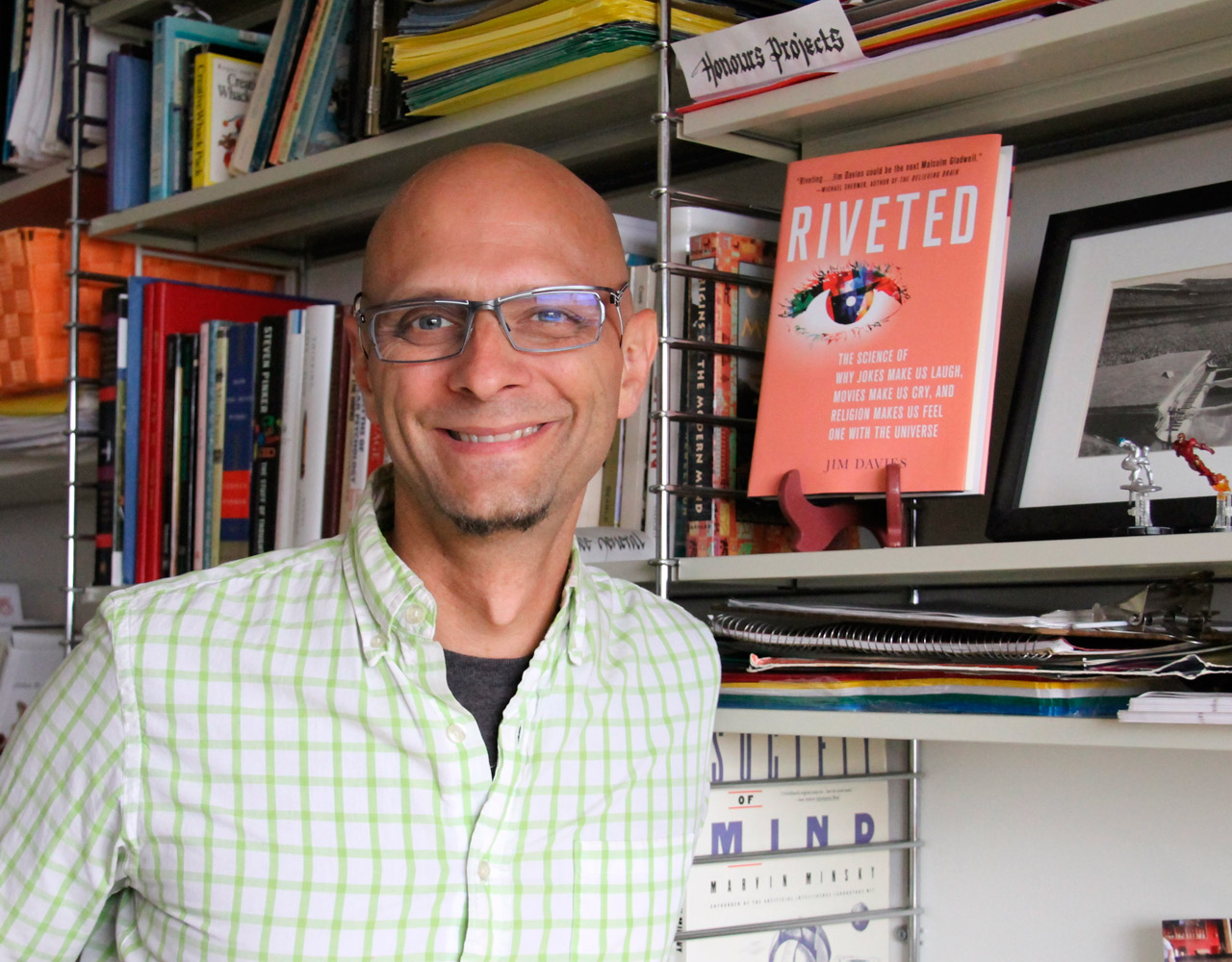Colourful brush strokes, soft pastel bodies, or abstract geometrical shapes might appeal to different people simply because of personal tastes. But Carleton professor Jim Davies’ research into the psychology of why people like what they like suggests there might be a deeper answer.
Davies, a cognitive science professor, has been researching what happens in the brain when people look at art as well as the role evolution plays in how they experience it.
Davies found that some art is appealing to people because they can relate to it. As well, he said that one of the most common reasons people like certain art is because as inherently social creatures, humans are interested in the lives of others. If a work of art has people in it, the brain automatically finds it more interesting.
“Survival and reproduction thousands of years ago as well as now, crucially depends on getting along with other people,” Davies said. “We had this evolutionary selective pressure to care about what other people were thinking or doing.”
Through reading and comparing studies done by other researchers, Davies has found that in addition to being attracted to general subject matter, when people look at art and recognize a pattern or something familiar, it triggers the natural opioid system, also known as the pleasure or reward centre of the brain.
“When we see patterns that we recognize, we get a little jolt of pleasure. You might have felt this when you solve a puzzle,” Davies said. “You’ll notice that completely random stuff isn’t interesting at all. Like a radio on a fuzzy channel—that’s got tons of information that’s never been created ever in the history of the world, but it’s totally boring because there’s no pattern to it.”
Davies also said that this theory of pattern versus randomness applies to music as well. The brain gets a hit of pleasure when it hears a repeating riff in a song, but if it repeats too much, the brain gets bored of it.
So how does this explain how abstract works of art that seem completely patternless have become universally admired? Take Jackson Pollock’s drip paintings for example: they were made by dripping seemingly random drops of paint onto a canvas, and they have no people in them, yet Pollock is known as one of the greatest modern artists.
Davies said that scientists have actually applied computer algorithms to Pollocks’ drip paintings to find that they replicate fractal patterns (a pattern that looks the same no matter how much it’s magnified).
Davies, who is an artist himself, has been studying the psychology of why people like the things they like since 2011. He said that his theory can be applied not only to art but nearly everything humans see or experience, from the presentation of food to video games and even social media.
Although Davies said his theory can only explain why people like certain art, not why one piece of art is ‘better’ than another, he said that the element of novelty adds to people’s interest in certain artworks too.
“Some of this stuff is thought of as great because it came first,” Davies said. “Even if somebody as good as Jackson Pollock came along today, maybe a little bit better than Pollock at drip painting, he wouldn’t get as famous.”
Photo by Meagan Casalino






